Climate change delivers disease to Nepal’s mountain communities
In the sweeping valleys of the Himalayan mountains, villagers are falling sick. Climate change is to blame.
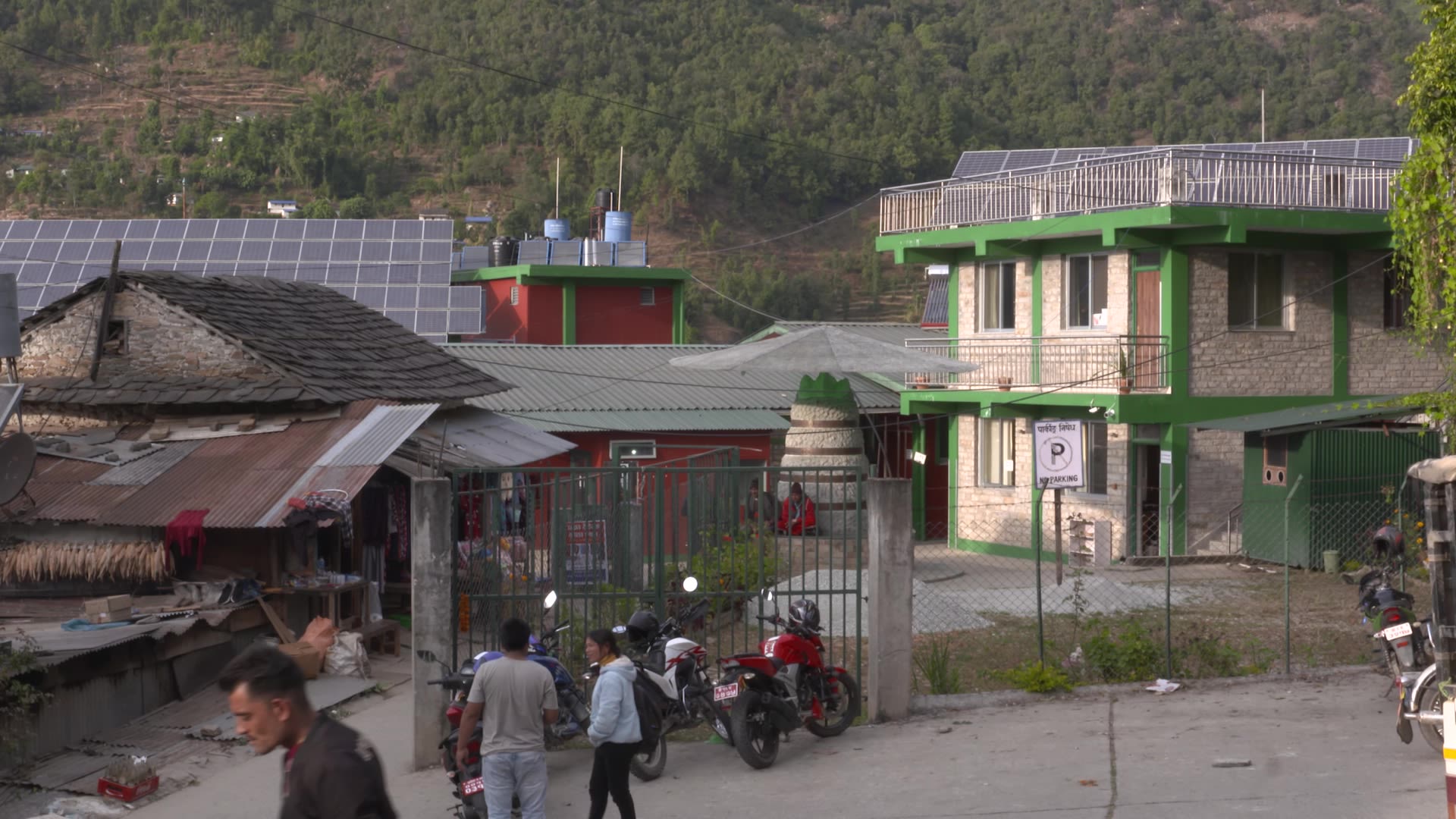
OKHALDHUNGA, Nepal — About 1,300 meters above sea level, nestled into the foothills of the Himalayas, is the cliffside village of Manebhanjyang, located in the district of Okhaldhunga in eastern Nepal. As the sun comes up, the temperature sits at a chilly 10 degrees Celsius, but accustomed to the cool mornings, 45-year old Samal Dhan Rai, his wife, elderly uncle, and 8-year-old daughter are nonplussed.
Barefoot and dressed in light clothing, they get on with the day’s activities: tending to their goats, making plates out of leaves, and cooking breakfast. The average temperature is in fact slightly warmer than it used to be. In the past it seldom rose above 23°C, but at times now climbs over 30°C — and while this may be more comfortable, those degrees of difference are ushering in diseases this location has never experienced before.
One of those is visceral leishmaniasis, commonly known as kala-azar, which translates as “black fever.”
“The rate at which people around me are getting infected … might cause massive challenges," said Samal, who belongs to the Indigenous Rai community. He had the disease in June 2020 and endured its debilitating effects for three months before receiving a diagnosis. Within two years, Samal’s nephew and elder brother — who live in a sand-colored home made of mud on the mountainside below — also contracted the disease.
Visceral leishmaniasis is a neglected tropical disease, or NTD, transmitted by the bite of infected adult female sand flies. It manifests initially as a fever and loss of appetite before eventually taking root in the internal organs, darkening its victims’ skin. If left untreated, visceral leishmaniasis is fatal in over 95% of cases.
Samal said he became unrecognizable when he contracted the disease, losing over 15 kilograms. He tried to keep the symptoms at bay with paracetamol and visits to a shaman before eventually traveling to Okhaldhunga Community Hospital, over an hour’s walk and another hour’s drive away.
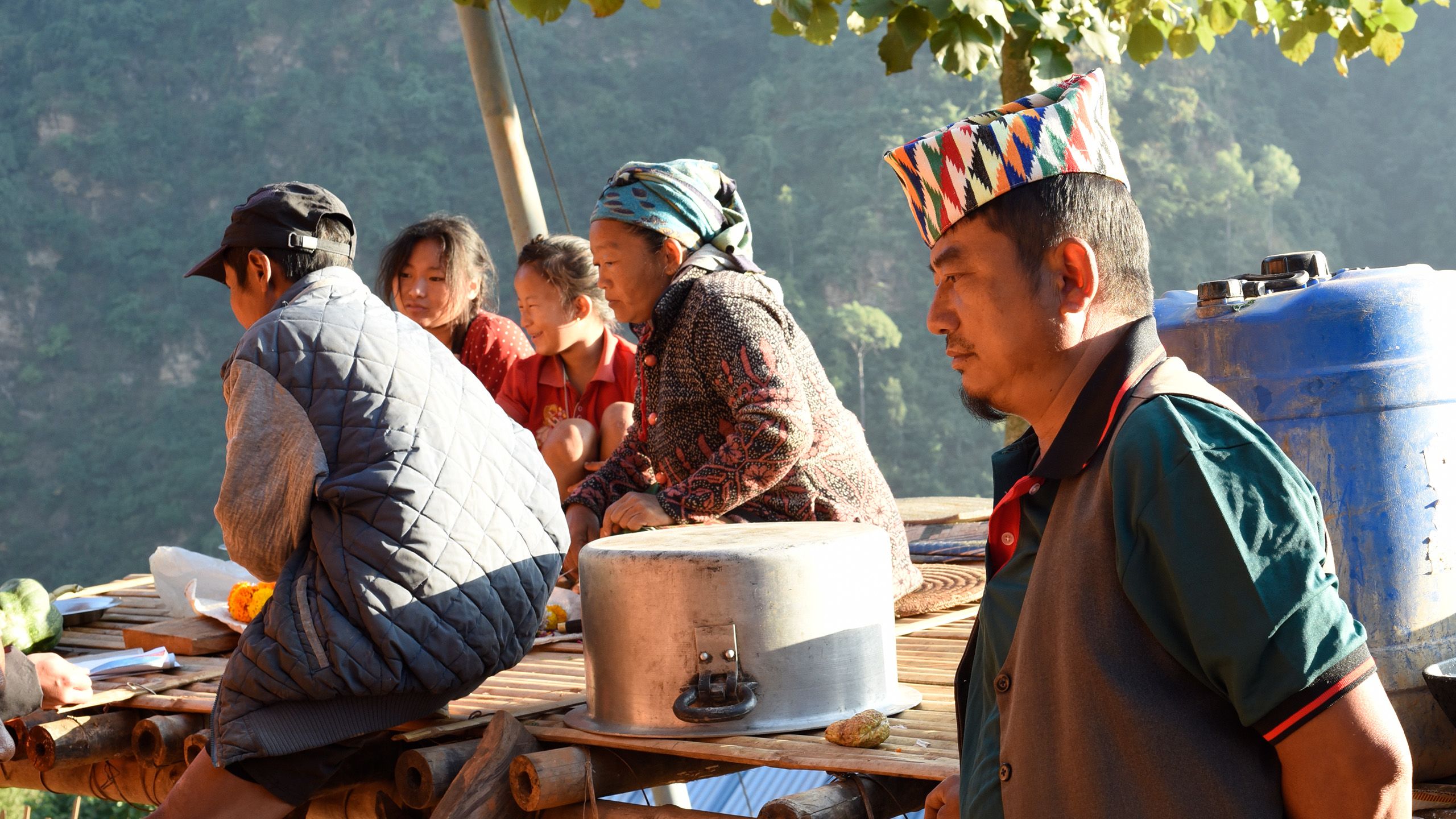
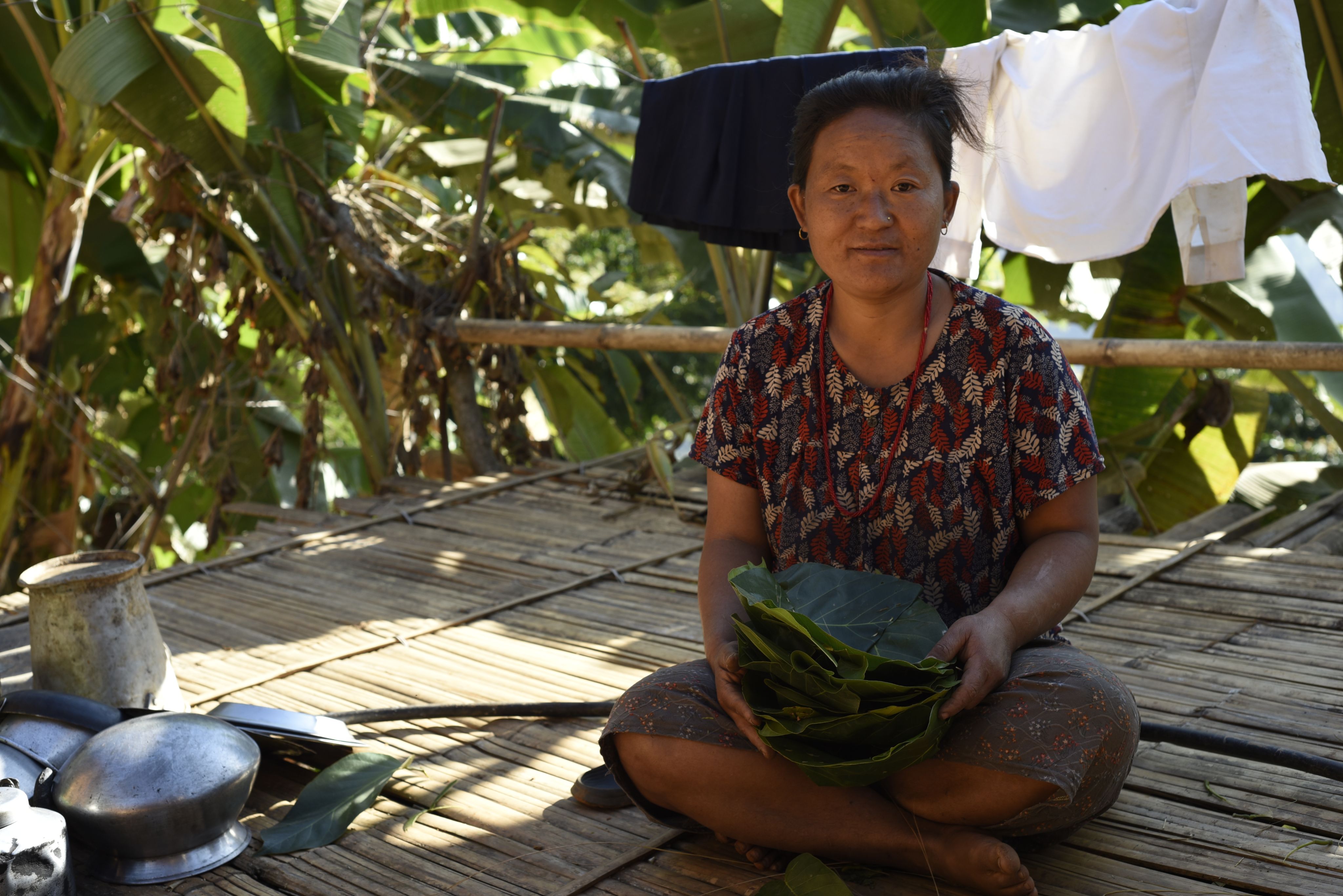
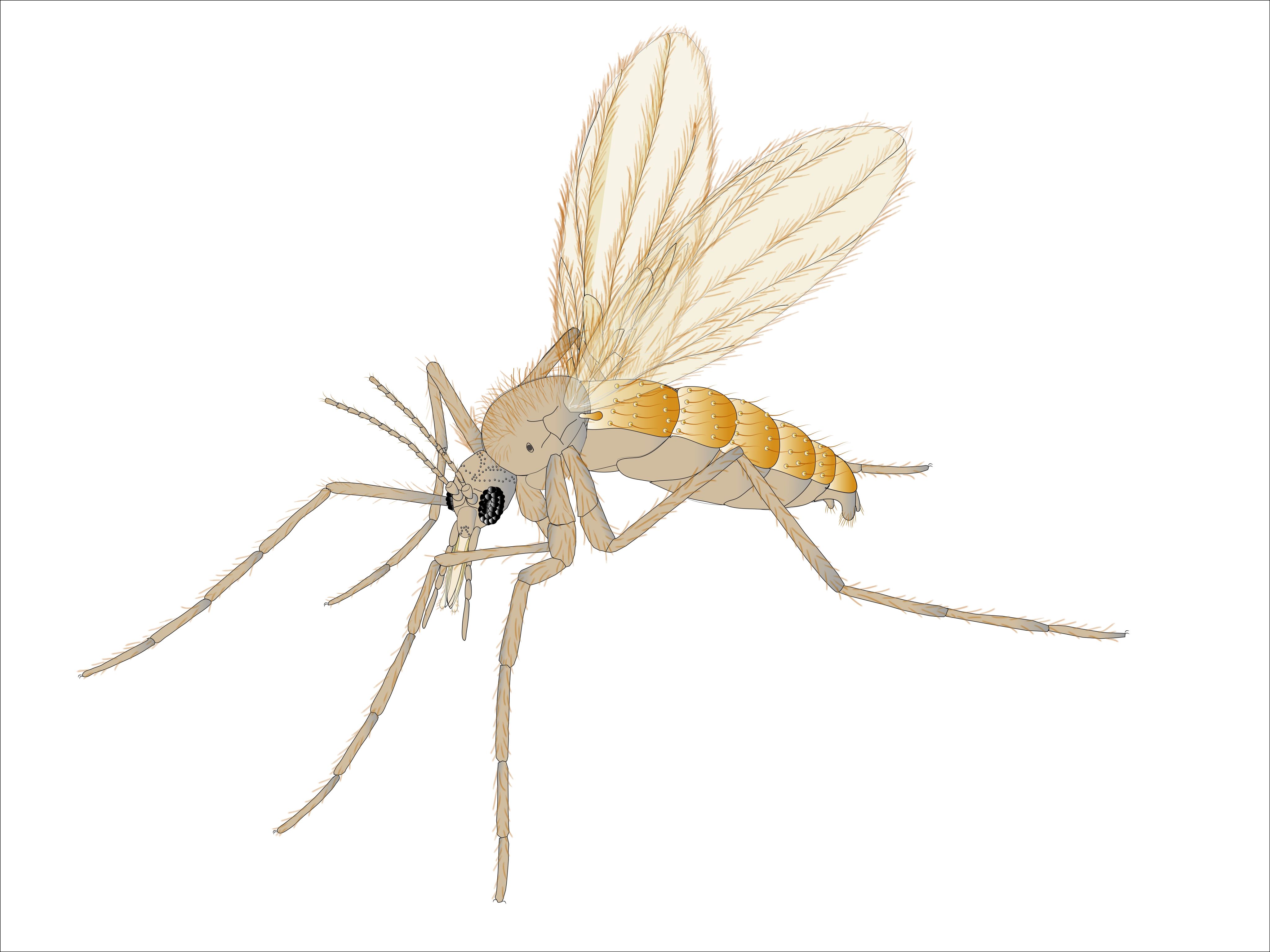
Visceral leishmaniasis is transmitted by the bite of infected adult female sand flies. Illustration: Rural flower / Shutterstock
Visceral leishmaniasis is transmitted by the bite of infected adult female sand flies. Illustration: Rural flower / Shutterstock
With only visiting doctors on staff, the hospital lacks visceral leishmaniasis specialists. Initially, Samal was diagnosed with an “internal viral fever.” When his uncle, visiting from an area more familiar with the disease, recognized the symptoms, Samal returned to the hospital and received a correct diagnosis. Without the single-dose regimen of liposomal amphotericin B, which is delivered intravenously for free in Nepal, Samal likely would have died.
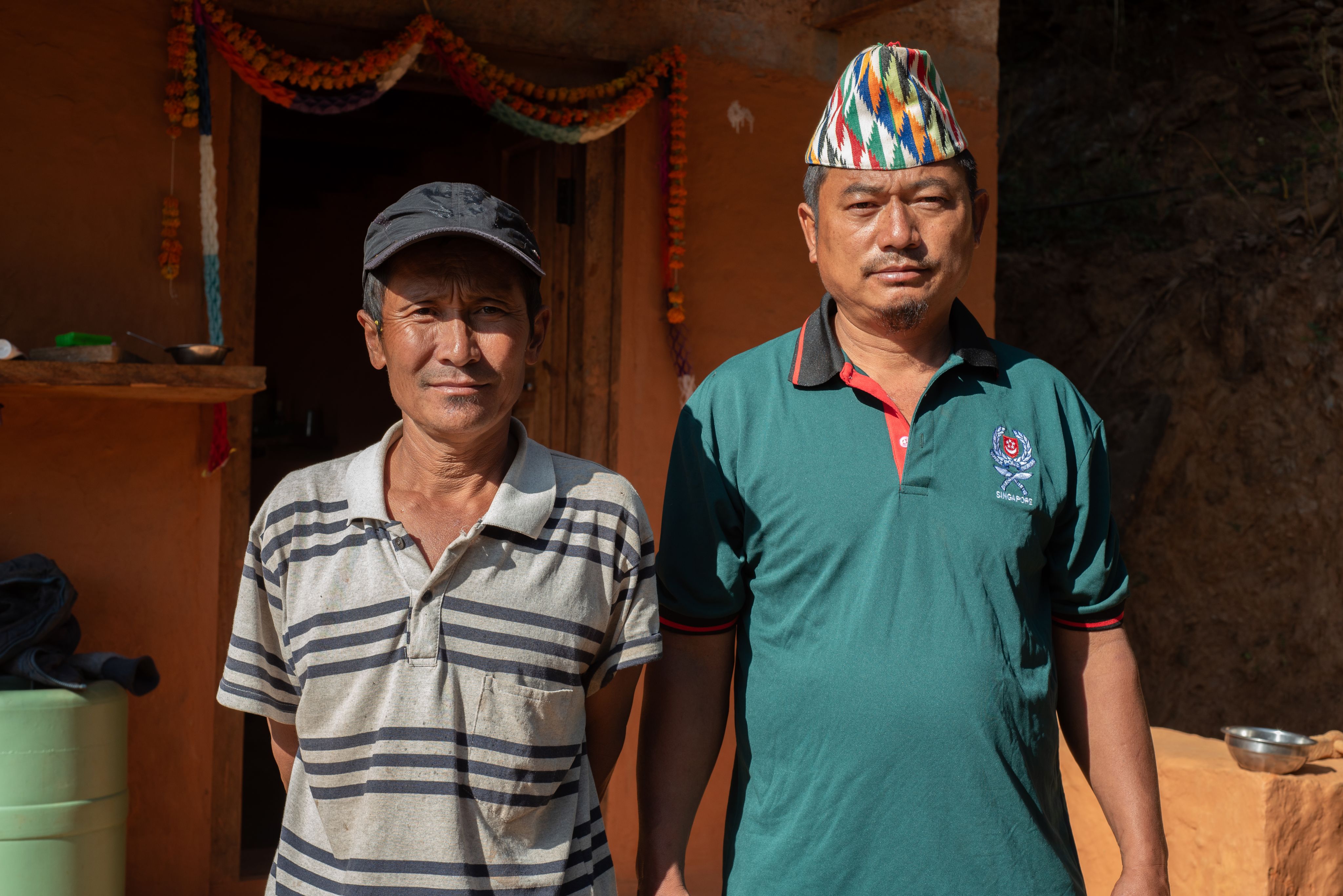
Shanta Bahadur Rai, left, and his brother Samal Dhan Rai.
Shanta Bahadur Rai, left, and his brother Samal Dhan Rai.
“The doctor told me that if I had delayed my visit by 15 to 30 days, I would have died. I was very scared,” Samal said, adding that there was also a financial burden for his family. Unable to work as a farmer and woodcutter while he was sick, Samal estimated the family lost between 70,000 and 100,000 Nepalese rupees ($525-$750) — about three months’ income.
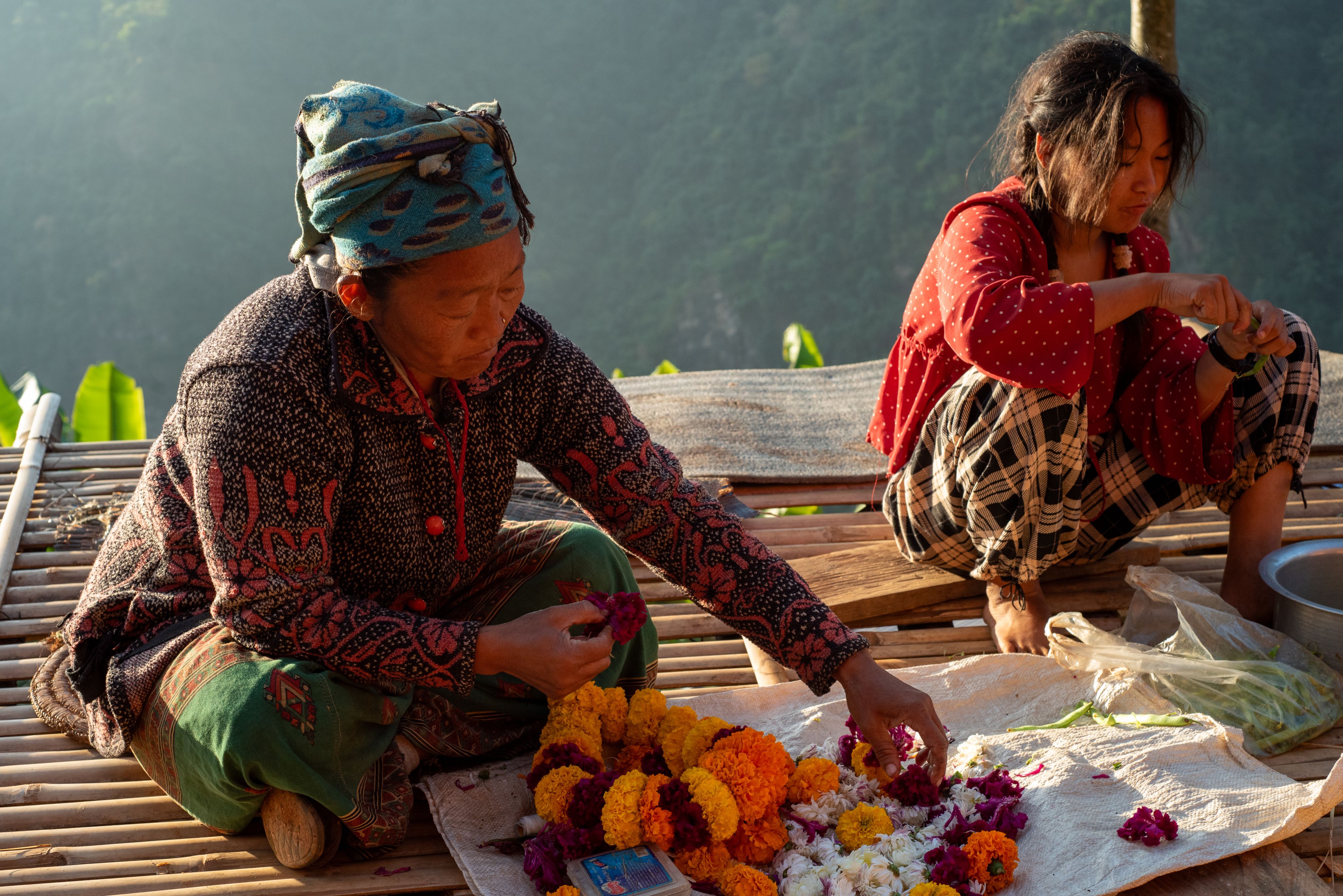
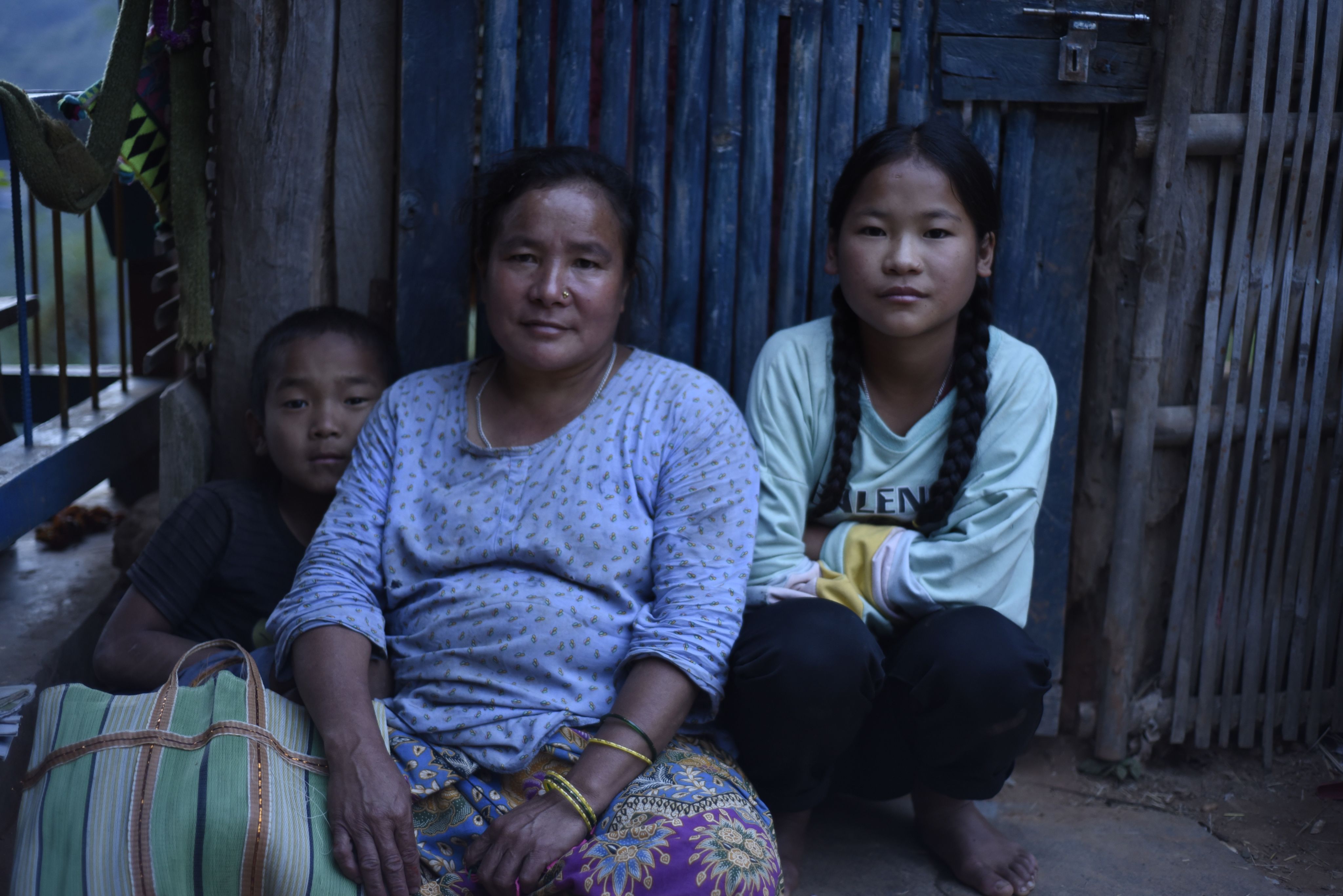
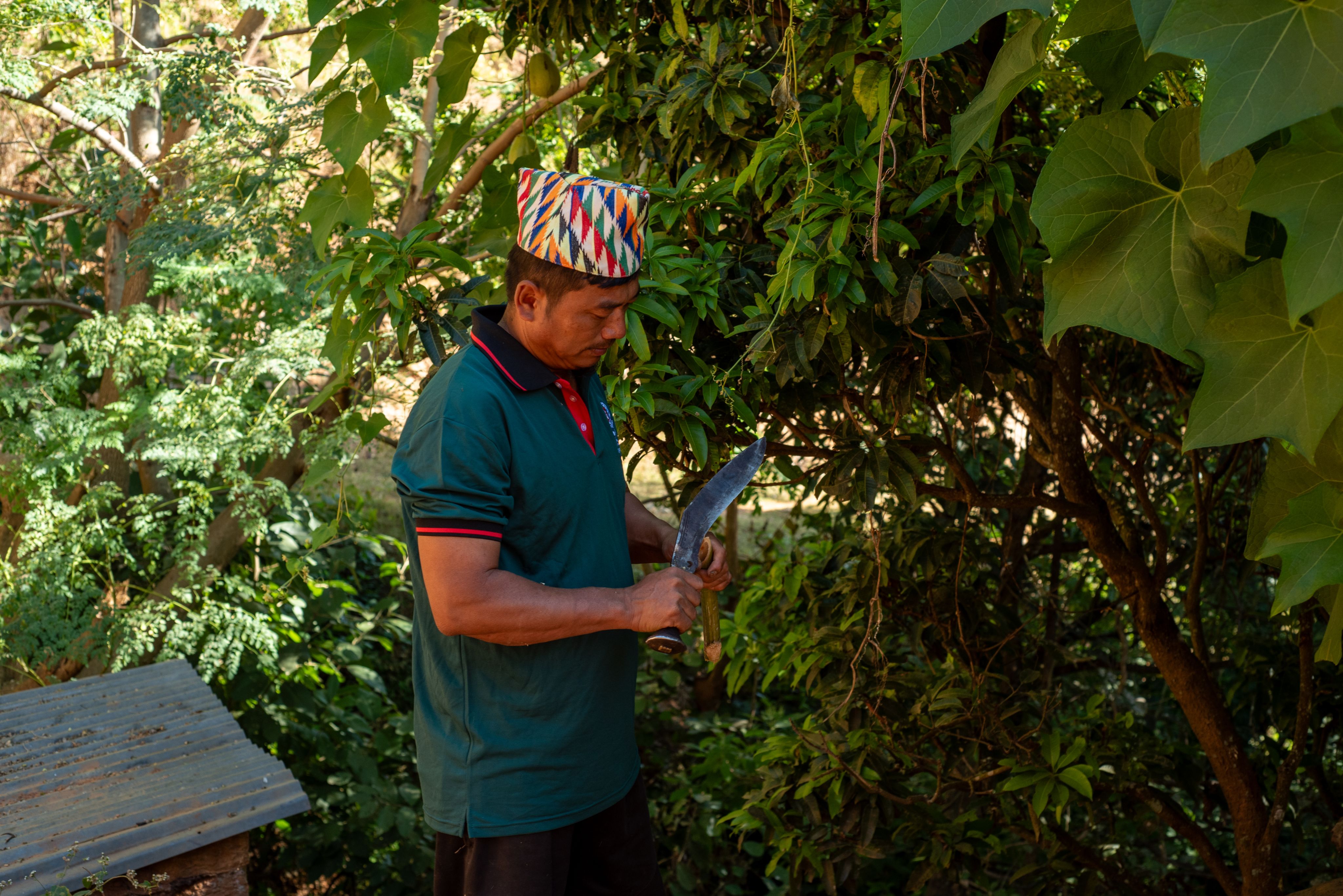

Shanta Bahadur Rai's wife and daughter.
Shanta Bahadur Rai's wife and daughter.

14-year-old Shushmita Rai, pictured with her mother and brother, contracted visceral leishmaniasis last year and was sick for around 20 days before seeking care at Okhaldhunga community hospital.
14-year-old Shushmita Rai, pictured with her mother and brother, contracted visceral leishmaniasis last year and was sick for around 20 days before seeking care at Okhaldhunga community hospital.

Samal Dhan Rai, who earns a living as a farmer and woodcutter, was unable to work for three months while he was sick with visceral leishmaniasis.
Samal Dhan Rai, who earns a living as a farmer and woodcutter, was unable to work for three months while he was sick with visceral leishmaniasis.
Climate change’s impact on disease dynamics
Neither Samal nor his brother Shanta Bahadur Rai knows how they fell ill or why this disease has suddenly emerged in their community, but someone who does is Surendra Uranw, an assistant professor at the B. P. Koirala Institute of Health Sciences in Nepal, who works to generate evidence to support the visceral leishmaniasis elimination initiative led by the government.
“Nepal is one of the top five countries [where] there are several consequences due to climate change’s impacts on vector-borne disease,” he said, adding that research shows that rising temperatures are changing the disease’s transmission dynamics.
Sand flies thrive in dark and humid environments where temperatures rise above 24°C; an environment that was previously only found in Nepal’s lowlands. Today, as temperatures increase, sand flies’ breeding grounds have swept up into the higher elevations of Nepal, exposing historically cooler communities that have never even heard of visceral leishmaniasis.
These communities tend to be “the poorest of the poor,” said Uranw, explaining that visceral leishmaniasis is most common among people who live in mud-made houses where sand flies can hide in the cracks and crevices in the walls and bite those sleeping on the ground or working outdoors.
Using a bed net, sleeping above the ground, filling any household cracks, and improving personal hygiene can stave off the infectious bite. But many in more remote communities may not be able to afford bed nets or haven’t been made aware of these preventative methods. “If you talk about the hilly and mountainous districts, awareness about disease and its prevention is still very poor. They don't know about the disease because it has [only] been reported for [the last] five [to] seven years,” said Uranw.
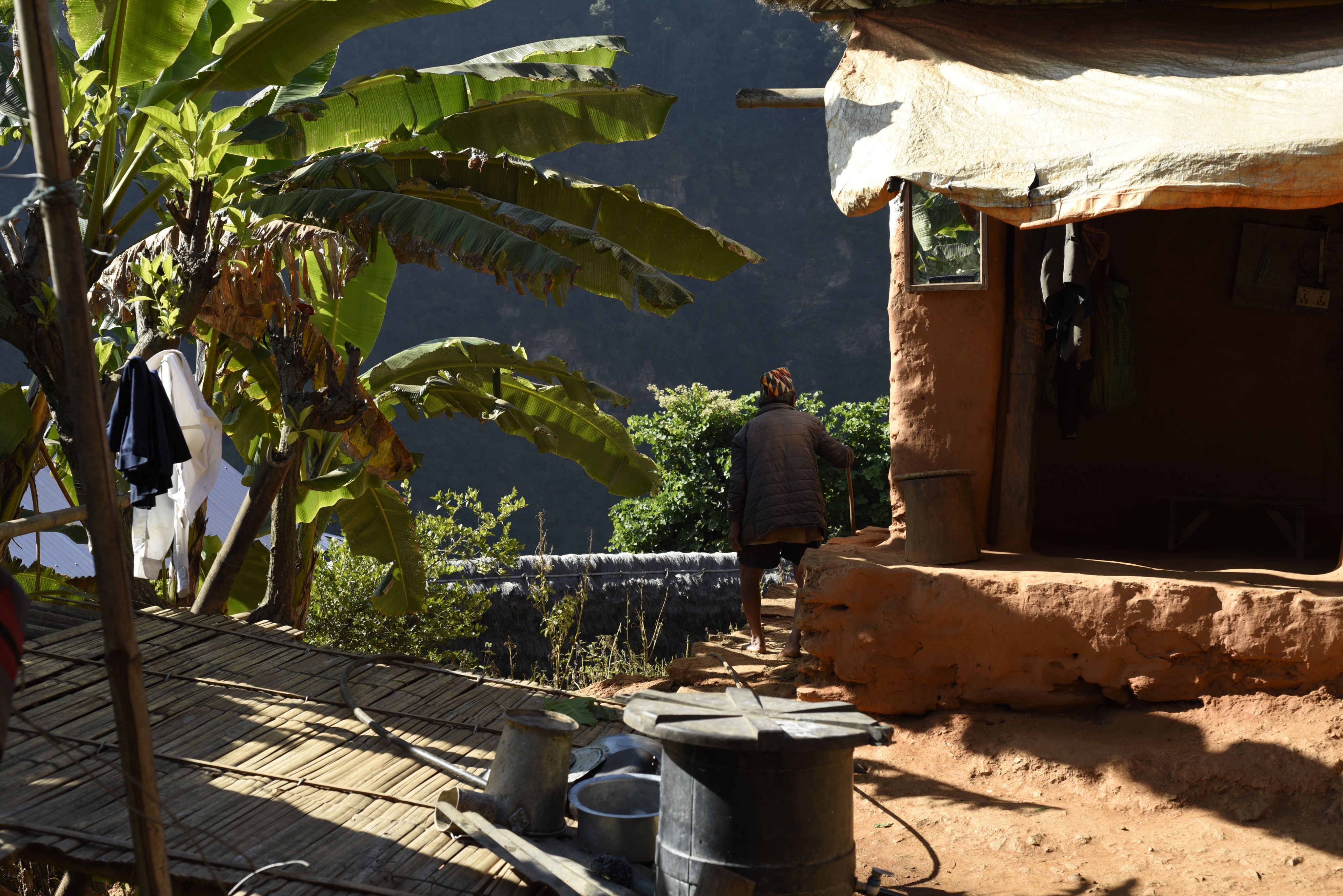
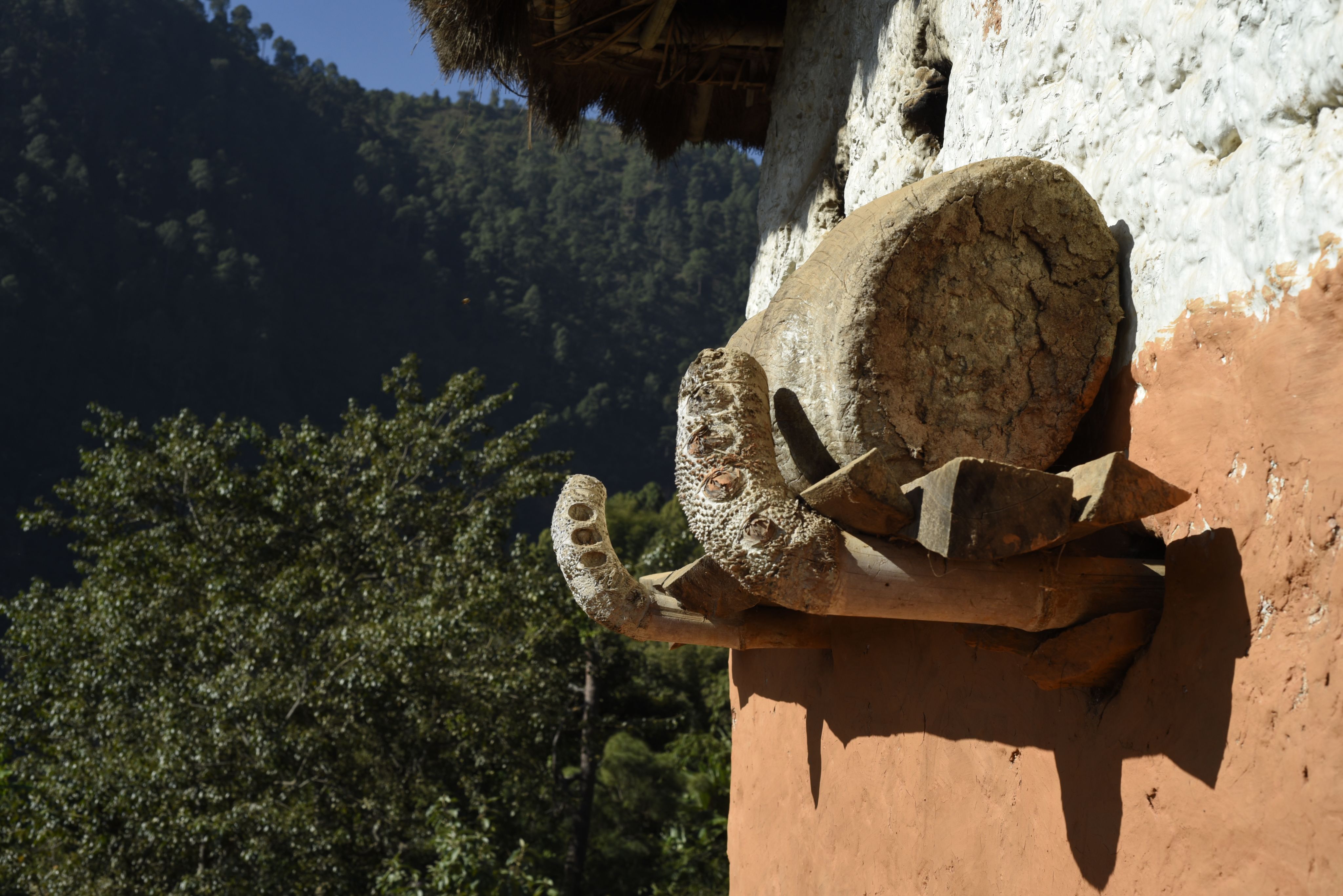
Stopping transmission through education and awareness
Visceral leishmaniasis has long been present in Nepal. The government first committed to eliminating the disease as a public health problem in 2005 and has since invested a multitude of resources into early case detection and treatment, vector control, disease surveillance, community participation, and research in the most affected areas. As a result, by 2018, case numbers had dropped to less than 300 a year, a vast decrease compared to more than 2,200 annual cases 10 years prior.
Surendra Uranw works to generate evidence to support the visceral leishmaniasis elimination initiative led by the government.
However, since then, that progress has plateaued with cases reaching over 300 in 2022. Now, the country’s commitment to achieve total elimination by 2026 is threatened by the emergence of the disease in new areas where education programs haven’t historically been delivered.
“The challenge is the geographic expansion of the disease,” said Uranw, explaining that many communities are hard to reach with such crucial information.
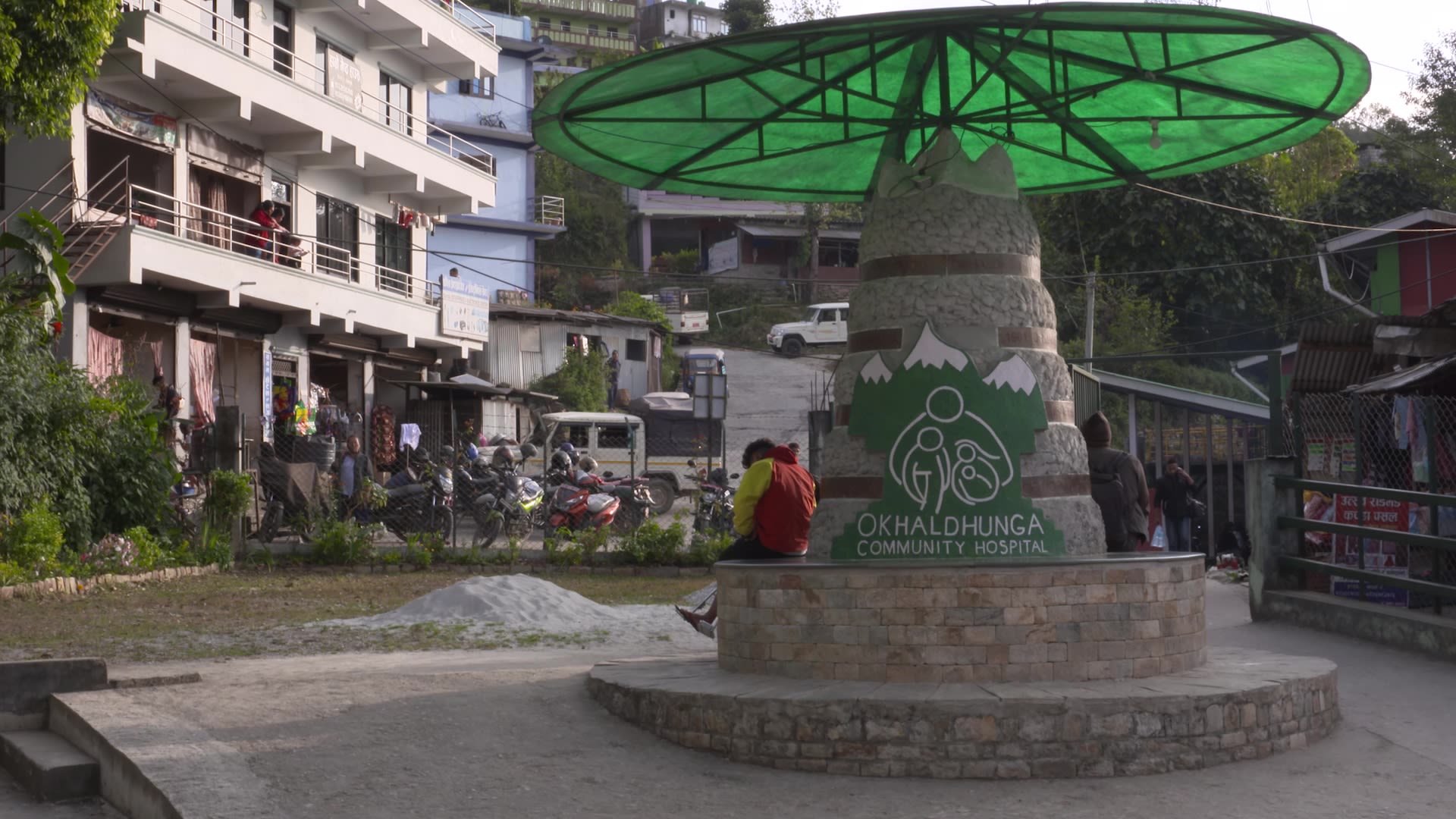
Nirwan Dahal is a health care worker at Okhaldhunga Community Hospital, a seven-hour drive from Kathmandu. Having worked in the 50-bed hospital for over 25 years, Dahal told Devex of how two decades ago he’d never heard of visceral leishmaniasis but that slowly, case numbers at the hospital began creeping up by two or three a year, peaking at an annual 20 cases two years ago. Most of those cases, he said, were patients living by the river who then had to travel hours to reach the hilltop cluster of red and green buildings that constitute the hospital.
Nirwan Dahal, a health care worker at Okhaldhunga Community Hospital, said that after a rise in cases two to three years ago, visceral leishmaniasis cases are now starting to decline because of awareness campaigns.
Thankfully, in the last two years, Dahal said cases in the hospital have dropped from 20 to 15 a year. That’s because the hospital and the government have begun to spread awareness. “We told the people to use mosquito nets and ensure that the body is fully covered,” he said, adding that the government also now provides a travel allowance for those who need to access the hospital.
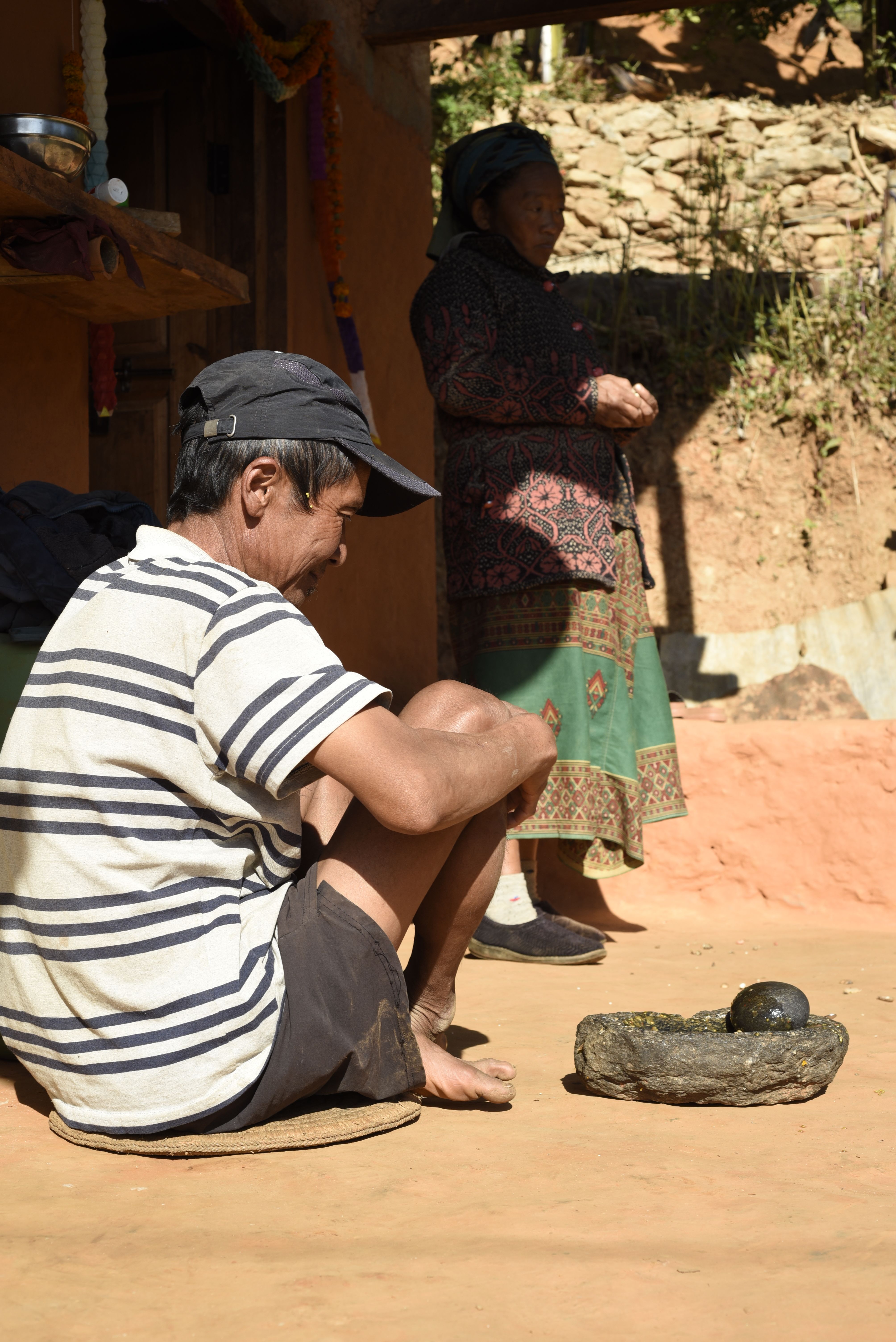
Shanta Bahadur Rai worries that he may contract visceral leishmaniasis again.
This is the hospital both Samal and Shanta visited. Sitting outside Shanta’s home, which overlooks the sweeping sun-soaked mountains, both brothers shared that they worry the disease will send their family back there again. In fact, Shanta believes it’s likely, blaming his continued alcohol consumption. “I don't follow a proper diet. I get flu and other diseases when I drink so that could be the reason,” he said, adding that he’s received little information about what else could be behind his illness.

Shanta Bahadur Rai worries that he may contract visceral leishmaniasis again.
Shanta Bahadur Rai worries that he may contract visceral leishmaniasis again.
Such misconceptions about the disease’s origins are common, Uranw said. In fact, in the small village of Majhare in Jahada municipality, outside the low-lying eastern city of Biratnagar, women, especially widows, were blamed for an outbreak 15 years ago, explained Ashok Baski, a 66-year-old pastor and farmer. Forty people in his village, including Baski and his wife, contracted visceral leishmaniasis and eight people died. “The shamans would say that our wives are witches. They were held responsible and the villagers would fight amongst themselves,” he said.
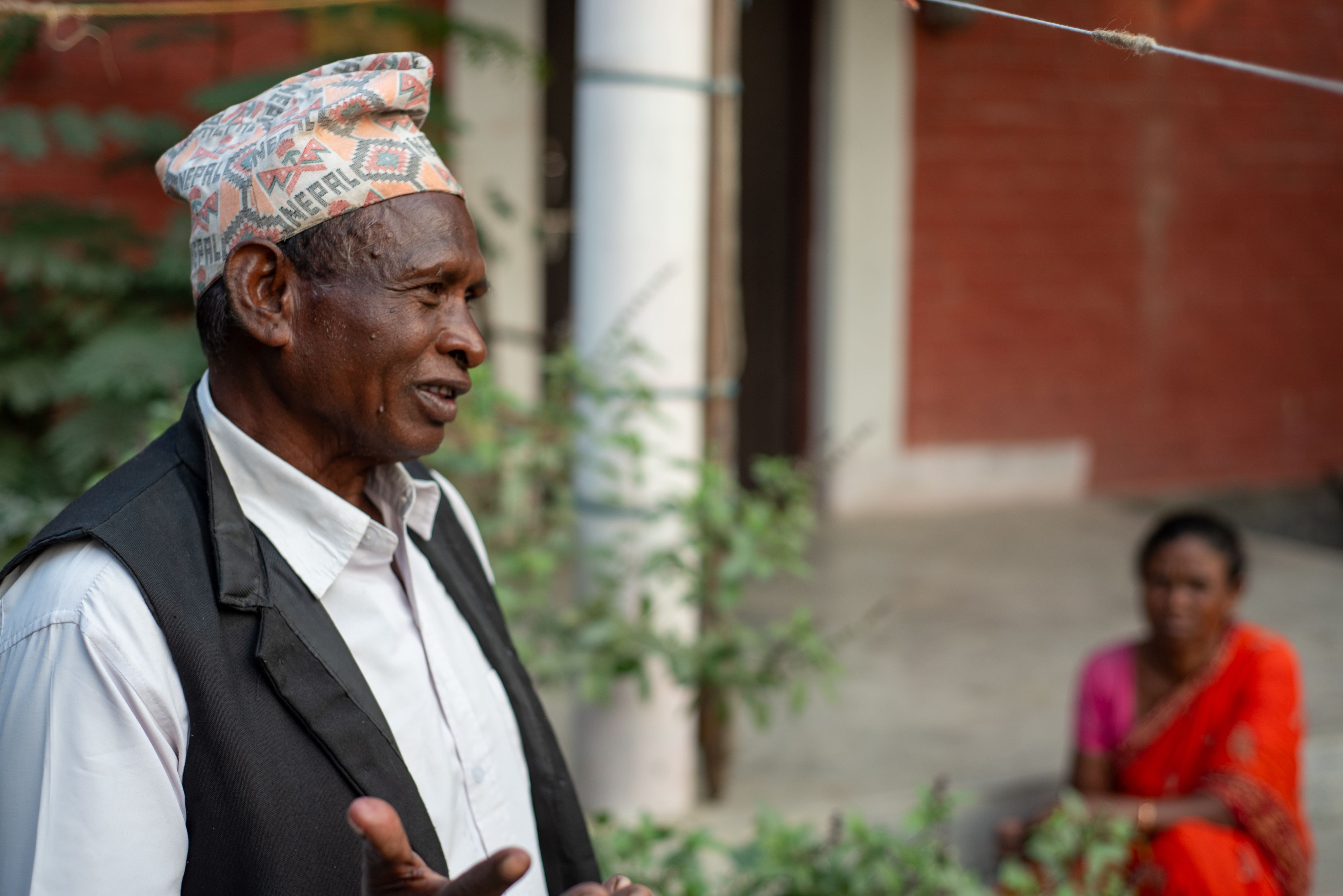
Ashok Baski, a 66-year-old pastor and farmer, lives in the village of Majhare in the low-lying southern region of Nepal known as the Tarai.
Ashok Baski, a 66-year-old pastor and farmer, lives in the village of Majhare in the low-lying southern region of Nepal known as the Tarai.
Once the local health district, including Uranw and his team, came in to educate the community and its shamans on the symptoms and prevention methods, that all stopped and the community has seldom experienced another case. Baski shared that his family would have previously slept on the earthen floor, exposing them to sand flies, but now they sleep above the ground with a mosquito net.
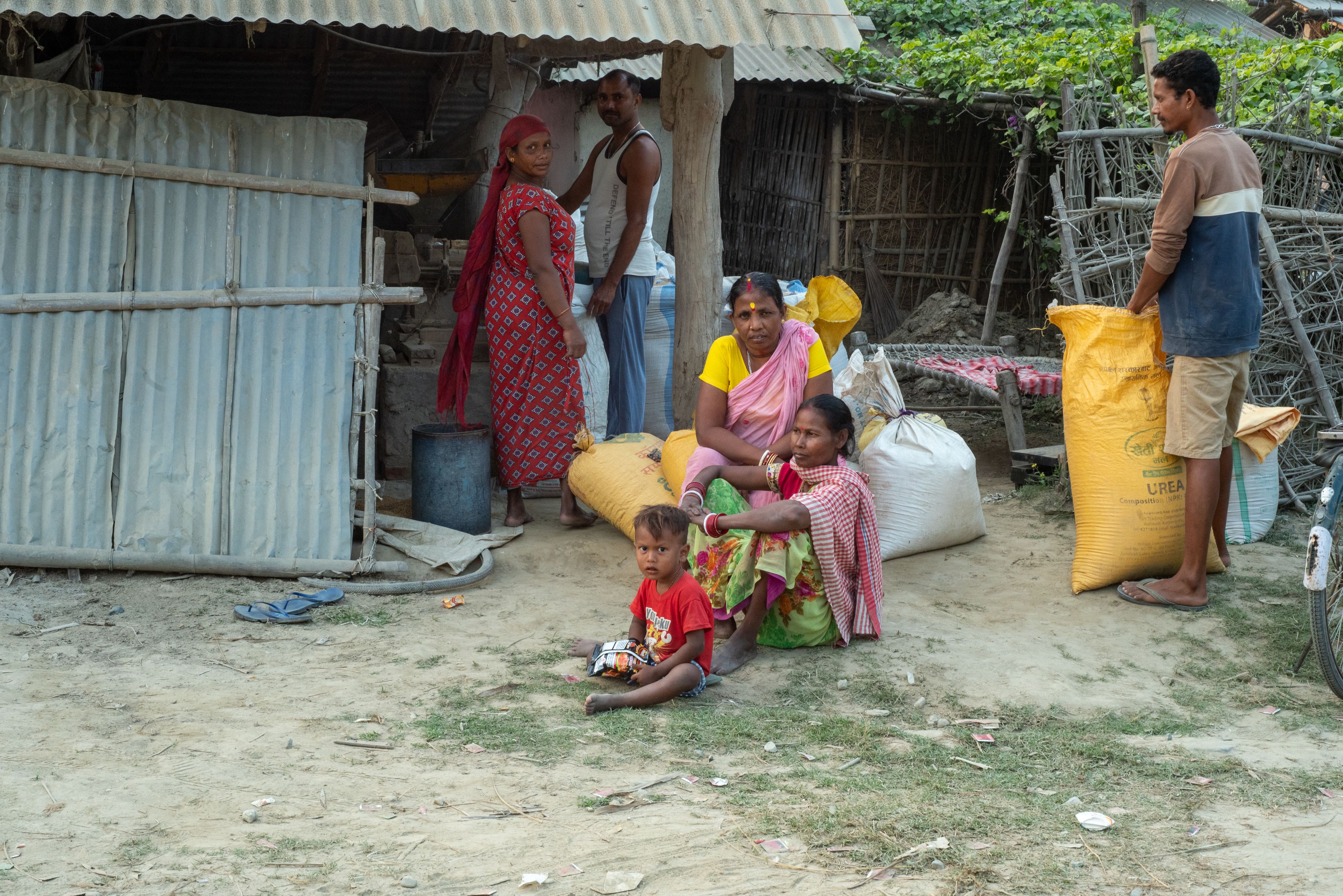


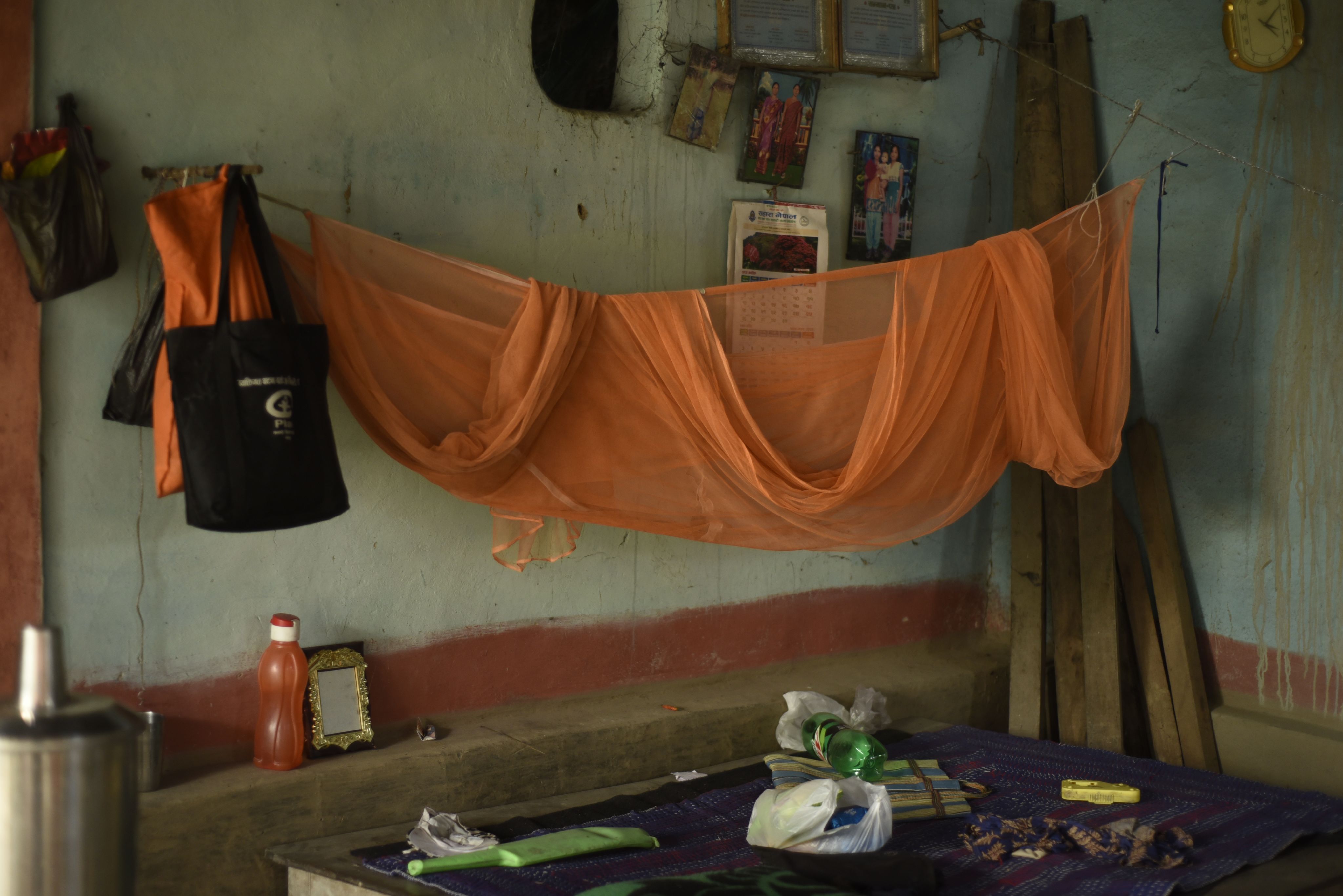

The Santhal are a minority community indigenous to Majhare village, which lies next to the India border.
The Santhal are a minority community indigenous to Majhare village, which lies next to the India border.

During an outbreak 15 years ago, 40 people in his village, including Baski and his wife, contracted visceral leishmaniasis and eight people died.
During an outbreak 15 years ago, 40 people in his village, including Baski and his wife, contracted visceral leishmaniasis and eight people died.

Ashok Baski's wife also contracted visceral leishmaniasis. During the outbreak, women were accused of being witches and bringing the disease to the community.
Ashok Baski's wife also contracted visceral leishmaniasis. During the outbreak, women were accused of being witches and bringing the disease to the community.

Since receiving education on how to prevent visceral leishmaniasis, Baski and his family sleep above the ground with a mosquito net.
Since receiving education on how to prevent visceral leishmaniasis, Baski and his family sleep above the ground with a mosquito net.
The communities in the newly affected areas need that same level of education that Majhare received, Baski said, while those communities who have already received the education need regular refresher sessions.
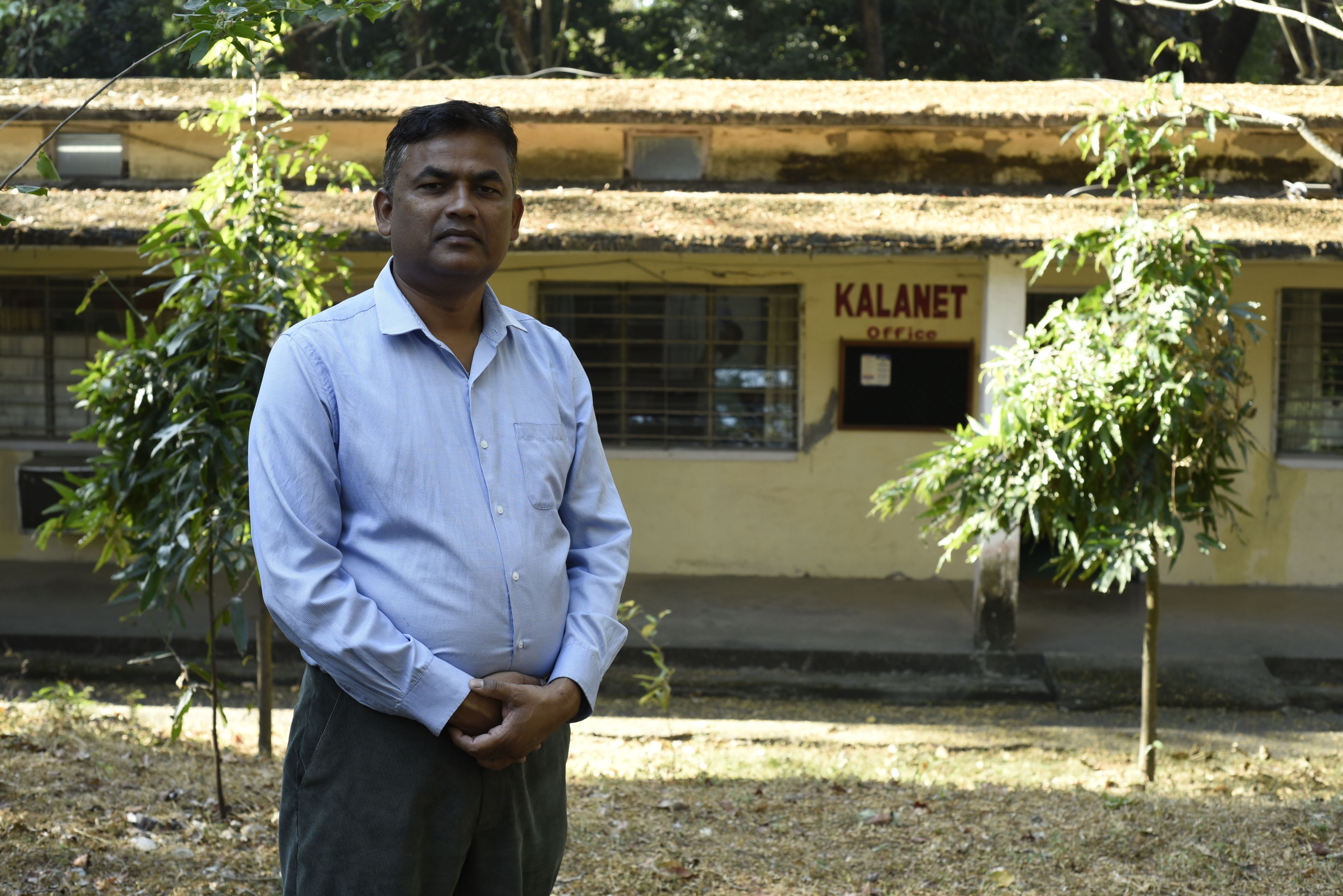
Surendra Uranw, a visceral leishmaniasis expert at B. P. Koirala Institute of Health Sciences in Nepal.
Surendra Uranw, a visceral leishmaniasis expert at B. P. Koirala Institute of Health Sciences in Nepal.
“The government has been trying their best to scale up the diagnosis and treatment facilities in the hilly and mountain districts as well, but due to a lack of awareness [and] lack of access to health care services in the catchment area, the duration of illness and delay to diagnosis with this disease is very high,” Uranw said.
Stemming the spread of NTDs
“Ultimately, more funding is needed,” Thoko Elphick-Pooley, the executive director of Uniting to Combat NTDs, said in a statement, adding that NTDs are historically underfunded yet perpetuate the cycle of poverty. Commitments like those recently made at the United Nations Climate Change Conference in Dubai, where $777 million was pledged to control, eliminate, and eradicate NTDs, are an example of what can be achieved when different stakeholders work together, Elphick-Pooley said.
The World Health Organization's 2021–30 NTD road map sets out a goal of less than 1% mortality due to visceral leishmaniasis in 56 counties by 2025 but very few organizations are focused on the disease, Uranw said, leaving the bulk of the work up to the central government, which is limited in what it can do. He believes partner NGOs and the international community could play a role in strengthening the capacity of health care workers in the hilly and mountain districts, and in supporting the government in developing a better elimination strategy that considers the disease as a byproduct of a warming atmosphere.
“If we can tackle or mitigate the effects of climate change, in particular vector-borne diseases, we can save thousands of people's lives,” Uranw said.

Photos and video by Ashok Pahari
SPONSORED BY



